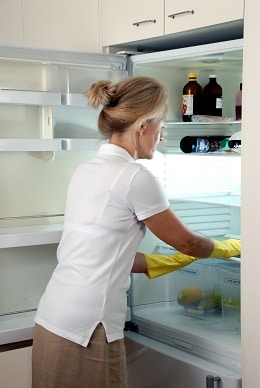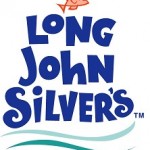Food storage spring cleaning
Every spring, we are eager to clean the house, open the windows, and freshen up after a long, cold winter. Along with dusting, packing away winter wear, and letting fresh air whisk away stale smells, it’s time to take a look at our food storage. When we talk food storage, this includes our pantry, refrigerator, and freezer. Despite our best efforts, products just get lost and forgotten. Let’s chat about some strategies for cleaning, reorganizing, and deciding if items are still good.
Step one – Clean and reorganize
When working on a pantry, remove and set everything nearby, organizing into groups of like items. As you go, read expiration dates. Anything that is close stated, or expired, set off to the side but do not throw away yet. We’ll decide what stays and what goes in Step Two. If working on a refrigerator or freezer, you may need to work on only one area at a time, depending on how warm it is in your home.
To clean and reorganize a pantry, remove everything first so you can wipe down shelves and organizational components freely. Then place items back, organizing products you use most frequently into the prime locations, and items you reach for less frequently along the perimeter. Be sure to leave your close-dated or expired products out, for now, so you can check them in Step Two.
For a fridge or freezer, you’ll need to move things around, so you can remove shelves and drawers, wash, and place back. If stubborn or stale odors are an issue, a solution of vinegar and water works wonders. Reorganize the fridge or freezer, placing close-dated items in the prime locations.
Step two – To stay or to go?
Knowing when to consume, donate or dispose of products is not only a food issue, it’s a financial issue. Every item we purchase represents a piece of our income. We all want to make excellent money choices, and hate to throw away hard-earned cash on expired food. The good news is, some products don’t need to suffer the trash fate. They may still safe and delicious even past the printed expiration date. Let’s look at the products we set aside now.
First, weed out shelf stable items that are just close dated, but you know you will not use them, and consider donating them to a local food pantry. Be sure the dates are still far enough away that the food pantry will have time to distribute, and the recipient will have time to consume the product. (Please do not donate items past the expiration date, even if they are actually still good.) If you have close-dated items that need to remain frozen or refrigerated, see if a friend or family member is interested before just disposing of them.
Next, make a plan to use up close-dated items you’ve pinpointed to keep. Make a list before setting them back in the pantry, fridge or freezer, in order to not forget what you have. Search online for meal ideas, or plan a fun and interesting “close dated challenge” where you create wacky meals and snacks you wouldn’t normally make.
Now, take a look at the products you’ve set aside that the expiration date has passed. According to the USDA, “Open Dating (use of a calendar day as opposed to a code) on a food product is a date stamped on a product’s package to help the store determine how long to display the product for sale. It can also help the purchaser to know the time limit to purchase or use the product at its best quality. It is not a safety date.” So rather than simply going by the date, use the helpful resources available online to assess the safety of a product. In addition to checking USDA.gov, go to StillTasty.com. They have a wealth of food safety information, including a “Keep it or Toss it” database. Enter your food in question (opened or unopened) and they will give you recommendations based on the product’s general “use by” date, as well as guidelines for smell, taste, and appearance. With this input and your own instincts, you’ll know whether to toss or keep – and can finish your food storage spring clean accordingly.
Check out my blog and podcast on SavingsAngel.com/podcast this week for more information on understanding expiration dates, including “Sell By” dates, “Use By” dates, and “Best if used On or Before” dates.



